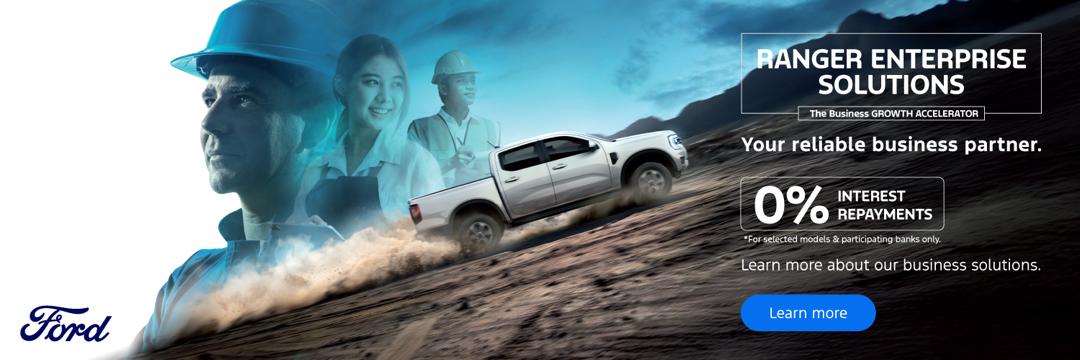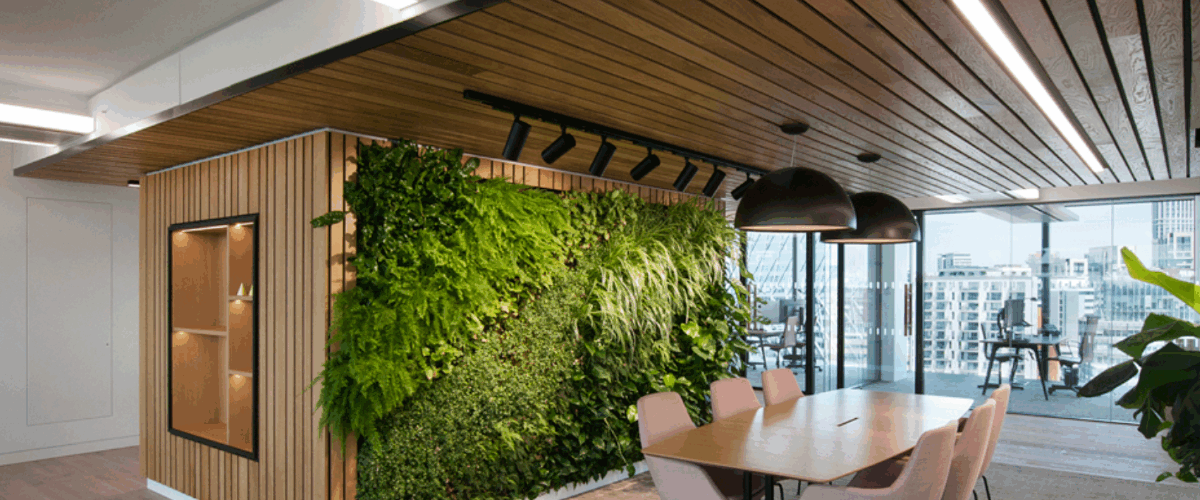Area, a specialist in workplace design and fit-out for forward-thinking clients like Amazon, Adobe, and LVMH, sees the future of office transformation rooted in human-centred principles. Managing Director of 360 Workplace, Guenaelle Watson, notes that aligning spaces with circadian rhythms and individual chronotypes is key:
“Lighting, workspaces and task types can be adapted accordingly to boost alertness, productivity and wellbeing.”
Here are 10 science-backed strategies Area is using to biohack the modern office, along with real-world applications from recent case studies:
1. Bring the Outdoors In
Biophilic design—incorporating natural light, plants, and tactile materials—lowers stress and sharpens concentration.
→ JAB Holdings’ London HQ features greenery, soft finishes and daylight-rich areas.
2. Build in Digital Detox and Mindfulness Zones
Quiet, screen-free spaces reduce nervous system strain. Meditation chairs, breathwork prompts, or nap pods promote recovery and resilience.
→ Area’s 2025 insights show this trend growing fast across creative and tech workplaces.
3. Enable Flexible Working Modes
Designing for a range of workstyles—from deep focus to casual collaboration—can improve cognitive performance.
→ OneSubsea, Leeds supports this via adaptable, modular settings throughout.
4. Encourage Movement
Movement fuels mental agility. Layouts that integrate walking paths, standing desks and zoned work areas keep bodies and brains active.
→ Area integrates these features across hybrid offices and tech spaces.
5. Prioritise Acoustic Comfort
Managing noise is critical in open-plan offices. Soundscaping and acoustic treatment help preserve attention and reduce fatigue.
→ Lake View Bristol used soft materials and acoustic panels to balance collaborative energy with quiet zones.
6. Light with Purpose
Circadian lighting and SAD lamps support energy levels, especially in dark seasons or basement offices.
→ Citrix Cambridge saw major improvements to energy levels with redesigned daylight access.
7. Design Around Behaviour, Not Titles
Activity-based working lets employees choose their environment based on task, not hierarchy—improving autonomy and output.
→ A leading e-commerce HQ in Istanbul used ABW to create a productive, democratic environment.
8. Create Social Collision Zones
Casual hubs like shared kitchens or lounges promote spontaneous exchanges and creative breakthroughs.
→ iTech Media, Camden has a central collaboration kitchen and lounge that fuels team energy.
9. Make Culture Tangible
Space should reflect a company’s values and identity, creating emotional connection and brand pride.
→ Global Software Company, Bristol blends local design motifs with their global brand aesthetic.
10. Embed Wellness from the Ground Up
Wellbeing should be structural, not superficial. Features like clean air, ergonomic furniture, and sensory rest areas are increasingly expected.









